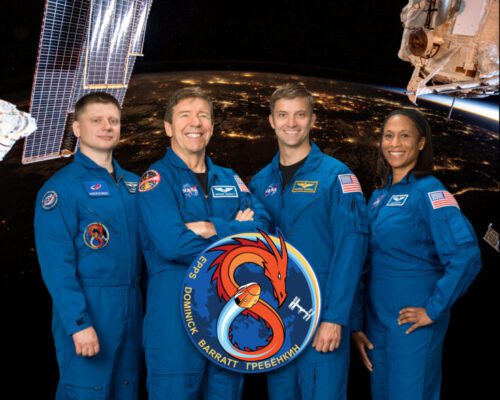
Just one month after a setback in its lunar ambitions, NASA is gearing up for a second attempt at a lunar landing. The new lunar lander, dubbed Odysseus, developed by Houston-based company Intuitive Machines, is poised to launch atop a SpaceX Falcon 9 rocket from Cape Canaveral, Florida, with hopes of making history by becoming the first U.S. spacecraft to softly touch down on the moon in over five decades.
Odysseus’ Journey: A “Fastball Pitch” to the Moon
Scheduled for liftoff at 12:57 a.m. ET on Wednesday, Odysseus will embark on an orbital trajectory around Earth, covering a distance of 380,000 kilometers (236,100 miles). Intuitive Machines CEO Stephen Altemus likened this journey to a “high-energy fastball pitch towards the moon.” If successful, Odysseus is set to land on the lunar surface on February 22, marking a significant achievement for the United States in lunar exploration.
Learning from Setbacks: Odysseus vs. Peregrine
The Odysseus mission follows the failure of the Peregrine lunar lander developed by Astrobotic Technology. Peregrine, which suffered a fuel leak shortly after launch, ended in the spacecraft burning up in Earth’s atmosphere. NASA’s Commercial Lunar Payload Services (CLPS) program, designed to foster private development of lunar landers, has embraced a philosophy of “forced innovation” to learn and adapt quickly from setbacks.
Also Read : NASA’s SpaceX Crew-8 Mission: A Comprehensive Overview
CLPS Program: A New Approach to Lunar Exploration
The Odysseus mission is part of NASA’s CLPS program, which encourages private companies to develop lunar landers under cost-effective, fixed-price contracts. Unlike traditional NASA procedures, this program promotes commercialization and competition, aiming to establish a cost-effective and efficient approach to lunar exploration.
Forced Innovation and Cost Efficiency
Intuitive Machines’ Altemus describes the CLPS program as a catalyst for “forced innovation.” The strategy involves private companies finding solutions to technical challenges within tight budgets, ultimately reducing the cost of lunar access. Intuitive Machines stands to receive up to $118 million from NASA for the Odysseus mission, highlighting the potential cost efficiency of this approach.
A Stable of Lunar Landers: Intuitive Machines’ Leading Role
Founded in 2013, Intuitive Machines is the second participant in the CLPS program to attempt a moon landing, following Astrobotic. With the most orders from NASA among the four companies in the CLPS program, Intuitive Machines aims to establish itself as a key player in the emerging era of lunar exploration.
Odysseus: A Nova-C Model with Scientific Objectives
The Odysseus lander, a Nova-C model roughly the size of a British telephone booth with legs, carries six NASA payloads. These payloads include scientific instruments designed to test new technologies and evaluate the lunar environment, contributing to NASA’s robotic exploration efforts before the planned return of astronauts to the lunar surface later in the decade.
The Quest for Lunar Resources: South Pole Landing Site
Intuitive Machines plans to land Odysseus near the moon’s south pole, a region of high interest due to the potential presence of water ice. This water could be crucial for future lunar missions, serving as drinking water for astronauts or even as rocket fuel. The south pole is also a targeted landing site for NASA’s upcoming manned missions to the moon.
Success and Beyond: Establishing a Lunar Program
With an estimated 80% chance of success, according to Altemus, a successful Odysseus mission would mark the beginning of regular robotic trips to the moon. Intuitive Machines envisions building a lunar program that paves the way for common, inexpensive lunar travel, laying the groundwork for grander projects such as a functional lunar base with astronauts living and working on the moon, aligning with NASA’s long-term vision for lunar exploration.
In conclusion, the Odysseus mission represents a crucial step for NASA in its quest to establish a sustainable and cost-effective approach to lunar exploration, leveraging the innovative capabilities of private companies through the CLPS program.